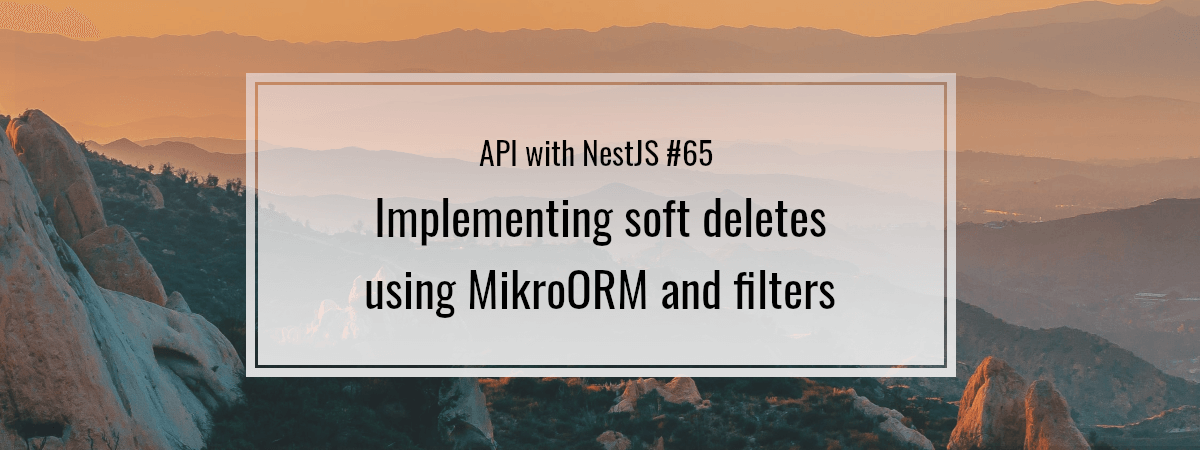API with NestJS #76. Working with transactions using raw SQL queries
One of the challenges when working with databases is keeping the integrity of the data. In this article, we learn how to deal with it using transactions. A transaction can contain multiple different instructions. The crucial thing about a transaction is that it either runs entirely or doesn’t run at all. Let’s revisit the most common […]









